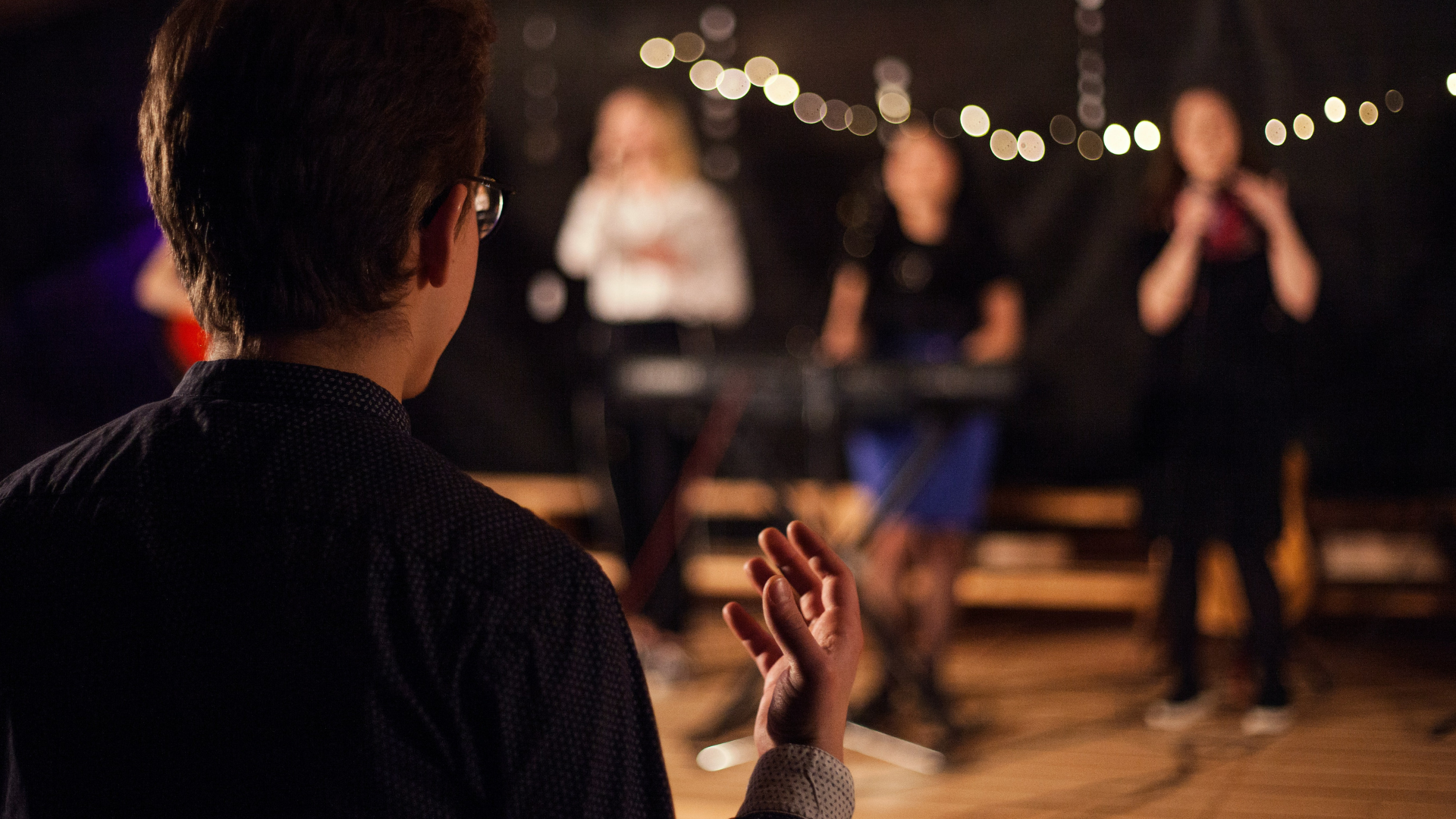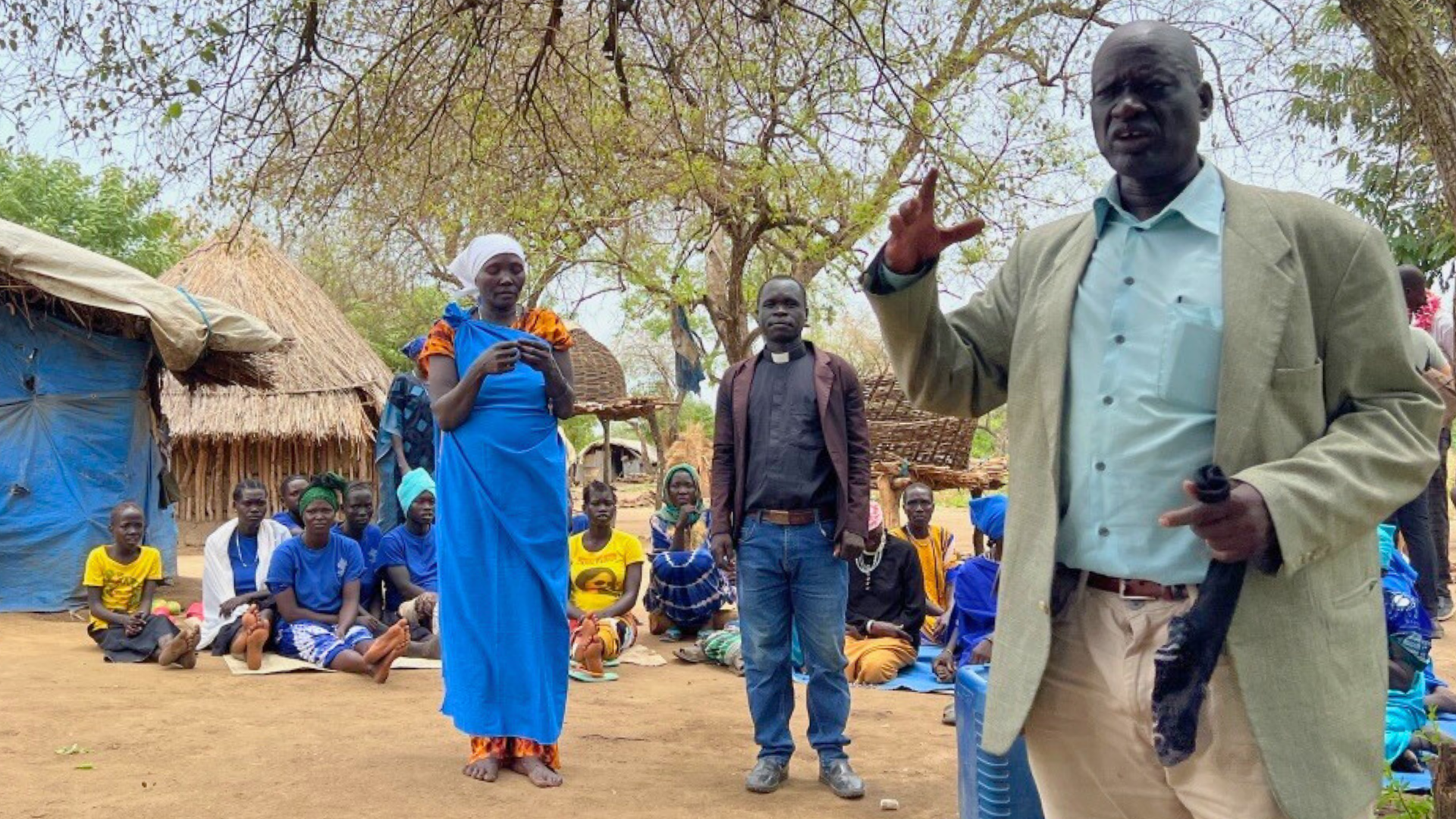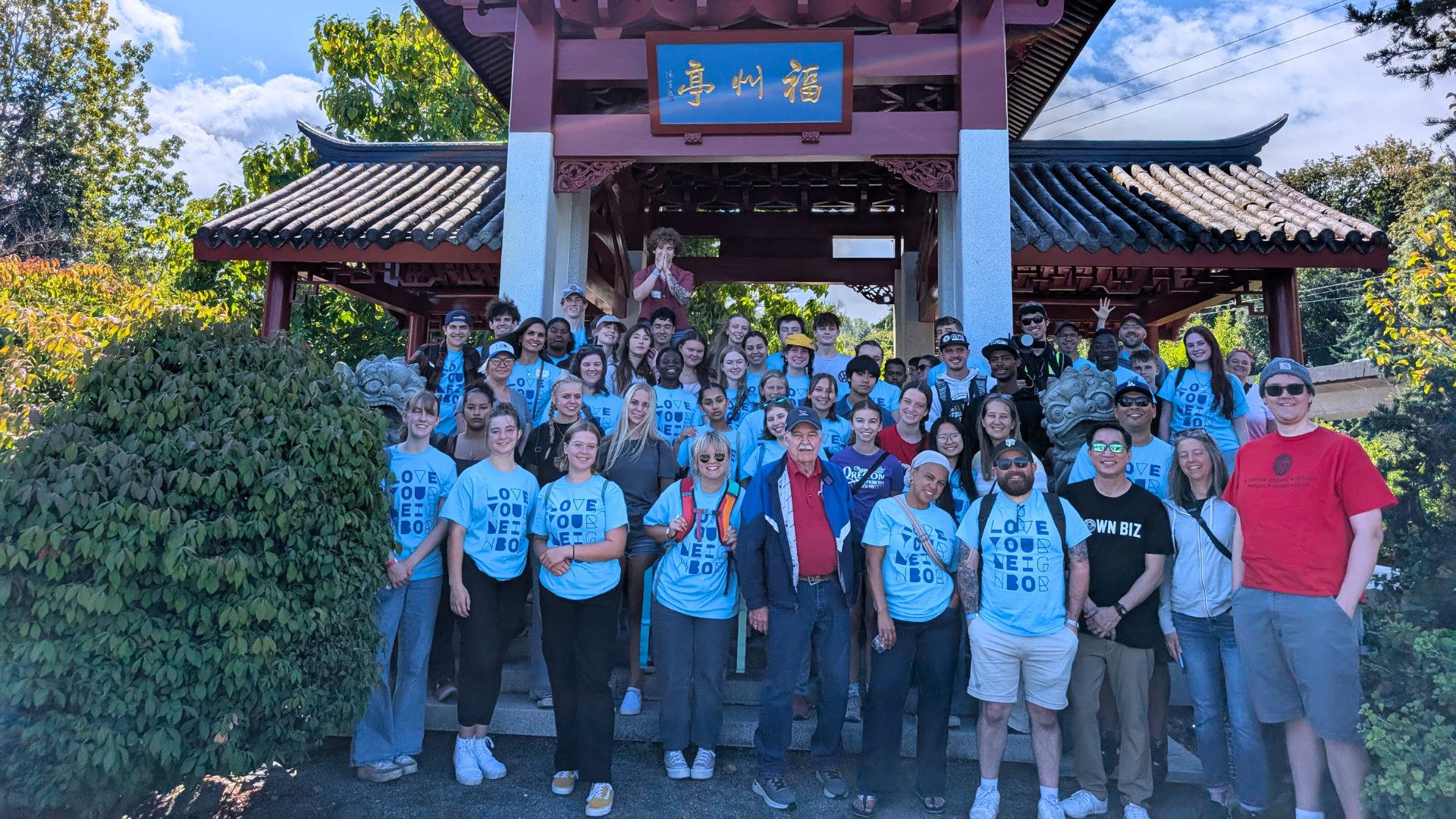This article originally appeared in the October 25, 1963 issue of The Covenant Companion. We are republishing it to commemorate the 50th anniversary of the March on Washington.
The crisis in race relations in American life has resulted, on the one hand, from the determined resistance of some reactionary individuals to the Supreme Court’s momentous decision against segregation in public schools.
On the other hand, the crisis has resulted from a radical change in the Negro’s evaluation of himself. There would probably be no crisis if the Negro continued to think of himself as inferior and patiently to accept injustice and exploitation.
For many years the Negro tacitly accepted segregation. He was the victim of stagnant passivity and deadening complacency. The system of slavery and segregation caused many Negroes to feel that perhaps they were inferior.
This is the ultimate tragedy of segregation. It not only harms one physically, but it injures one spiritually. It scars the soul and distorts the personality. It inflicts the segregator with a false sense of superiority while inflicting the segregated with a false sense of inferiority.
But through the forces of history something happened to the Negro. He came to feel that he was somebody. He began to believe that the important thing about a man is not the color of his skin or the texture of his hair but the texture and the quality of his soul. With this new sense of dignity and new self-respect a new Negro emerged. So there has been a revolutionary change in the Negro’s evaluation of his nature and destiny and a determination to achieve freedom and human dignity.
This determination springs from the same deep longing for freedom that motivates oppressed people all over the world. The deep rumblings of discontent from Asia and Africa are at bottom a quest for freedom and human dignity on the part of people who have long been the victims of colonialism and imperialism. The struggle for freedom on the part of oppressed people in general and the American Negro in particular is not suddenly going to disappear.
It is sociologically true that privileged classes rarely ever give up their privileges without strong resistance. It is also sociologically true that once oppressed people rise up against their oppression there is no stopping point short of full freedom. So realism impels us to admit that the struggle will continue until freedom is a reality for all oppressed peoples of the world.
Since the struggle will continue the basic question which confronts the oppressed peoples is this: How will the struggle against the forces of injustice be waged?
There are two answers. One is to resort to the all-too-prevalent method of physical violence and corroding hatred. Violence, nevertheless, solves no social problem. It merely creates new and more complicated ones. Occasionally violence is temporarily successful, but never permanently so. It often brings temporary victory, but never permanent peace.
If the American Negro and other victims of oppression succumb to the temptation of using violence in the struggle for justice, unborn generations will be destined for a desolate night of bitterness, and our chief legacy to the future will be an endless reign of meaningless chaos.
The alternative to violence is the method of nonviolent resistance. This method is nothing more and nothing less than Christianity in action. It seems to me to be the Christian way of life in solving problems of human relations. This method was used in Montgomery, Alabama, under the leadership of ministers of all denominations to free 50,000 Negroes from the long night of bus segregation.
Several basic things can be said about nonviolence as a method in bringing about better racial conditions.
–This is not a method of cowardice or stagnant passivity; it does resist. The nonviolent resistor is just as opposed to the evil against which he is protesting as the person who uses violence. The nonviolent resistor is not aggressive physically toward his opponent, but his mind and emotions are always active, constantly seeking to persuade the opponent that he is mistaken. This method is passive physically, but it is strongly active spiritually.
–Another basic fact about this method is that it does not seek to defeat or humiliate the opponent but to win his friendship and understanding. The nonviolent resistor must often voice his protest through non-cooperation or boycotts, but he realizes that noncooperation and boycotts are not ends within themselves. They are means to awaken a sense of moral shame within the opponent. The end is redemption and reconciliation. The aftermath of nonviolence is the creation of the beloved community, while the aftermath of violence is tragic bitterness.
–A further fact that characterizes the method of nonviolence is that the attack is directed toward forces of evil rather than toward persons caught in these forces. It is evil that we are seeking to defeat, not the persons victimized with evil. Those of us who struggle against racial injustice must come to see that the basic tension is not between races. As I used to say to the people in Montgomery, “The tension in this city is not between white people and Negro people. The tension is at bottom between justice and injustice. And if there is a victory, it will be a victory not merely for 50,000 Negroes but for justice and the forces of light.”
–A further point that must be brought out concerning the method of nonviolence is that this method not only avoids external physical violence but also internal violence of spirit. At the center of nonviolence stands the principle of love. In struggling for human dignity the oppressed people of the world must not succumb to the temptation of becoming bitter or indulging in hate campaigns.
We have learned through the grim realities of life and history that hate and violence solve nothing. They only serve to push us deeper and deeper into the mire. Violence begets violence. Hate begets hate. Toughness begets a greater toughness. It is all a descending spiral, and the end is destruction—for everyone. Along the way of life someone must have enough sense and morality to cut off the chain of hate by projecting the ethic of love into the center of our lives.
In speaking of love we are not referring to some sentimental and affectionate emotion. It would be nonsense to urge men to love their oppressors in an affectionate sense. Love in this connection means good will as expressed in the Greek work agape. This means nothing sentimental or basically affectionate. It means understanding, redeeming good will for all men, an overflowing love which seeks nothing in return. It is spontaneous, unmotivated, groundless, and creative. It is the love of God operating in the human heart. When we rise to love on the agape level, we rise to the position of loving the person who does the evil deed, while hating the deed that the person does.
–A final basic fact about the method of nonviolent resistance is that it is based on the conviction that the universe is on the side of justice. It is this deep faith that caused the nonviolent resistor to accept suffering without retaliation. He knows that in his struggle for justice he has cosmic companionship.
Those of us who confess Jesus as the Christ find something at the center of our faith which forever reminds us that God is on the side of truth and justice. Good Friday may occupy the throne for a day, but ultimately it must give way to the triumph of Easter. Evil may so shape events that Caesar will occupy a palace and Christ a cross. But Christ arose and split history into A.D. and B.C. so that even the life of Caesar must be dated by his name.
The problem of race is American’s greatest moral dilemma. The churches are called upon to recognize the urgent necessity of taking a forthright stand on this crucial issue. If we are to remain true to the gospel of Jesus Christ, we cannot rest until segregation and discrimination are banished from every area of American life.
Many churches have taken a stand. Many individual ministers, even in the South, have stood up with dauntless courage. All of these things are admirable and deserve our highest praise.
But we must admit that these courageous stands from the church are still far too few. The statements of the denominations on the question of human relations move all too slowly to the local churches in actual practice. All too many ministers are still silent. It may well be that the greatest tragedy of this period of social transition is not the glaring noisiness of the so-called bad people but the appalling silence of the so-called good people.
Martin Luther King was a Baptist minister and integration leader from Atlanta, Georgia. His article is a reprint, with permission, from ‘The Lutheran.’
Click here to read other articles about the March on Washington.













